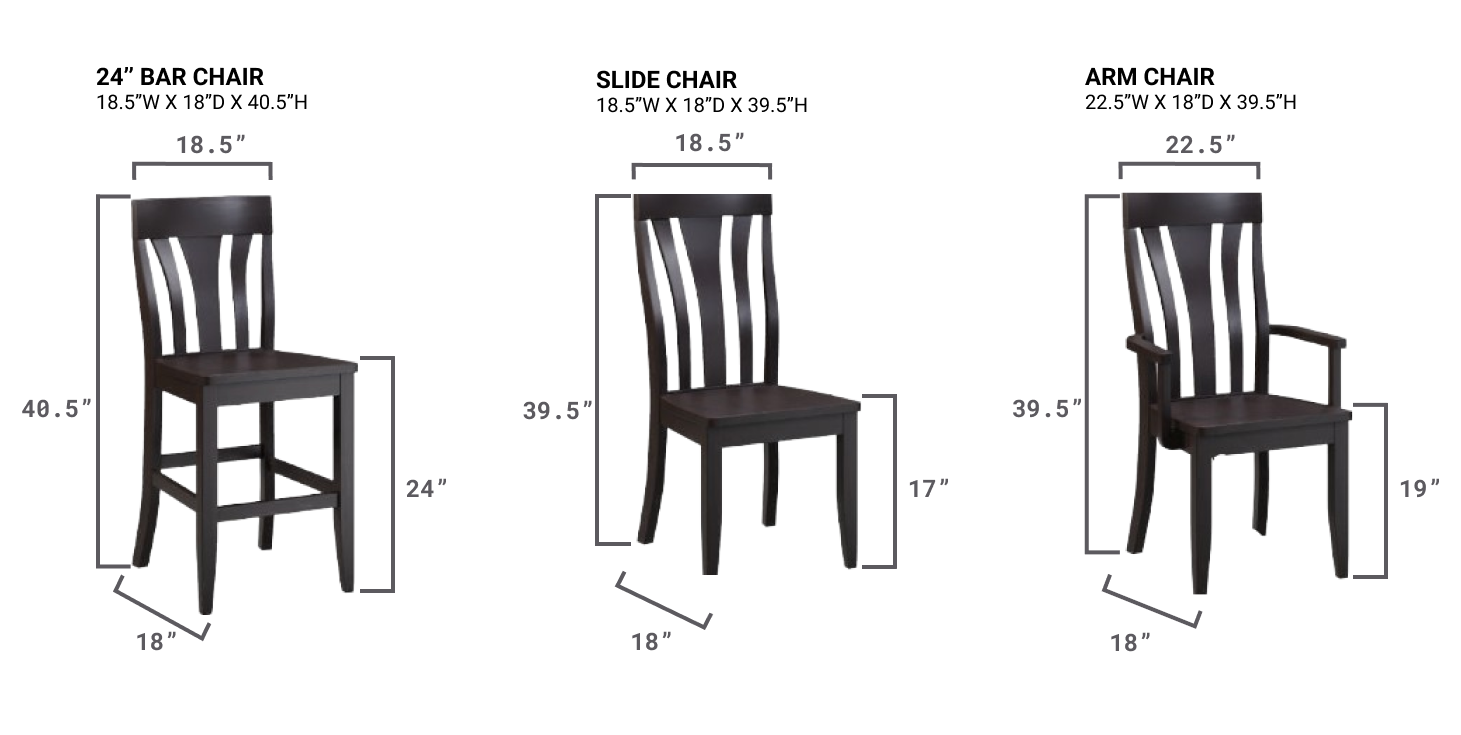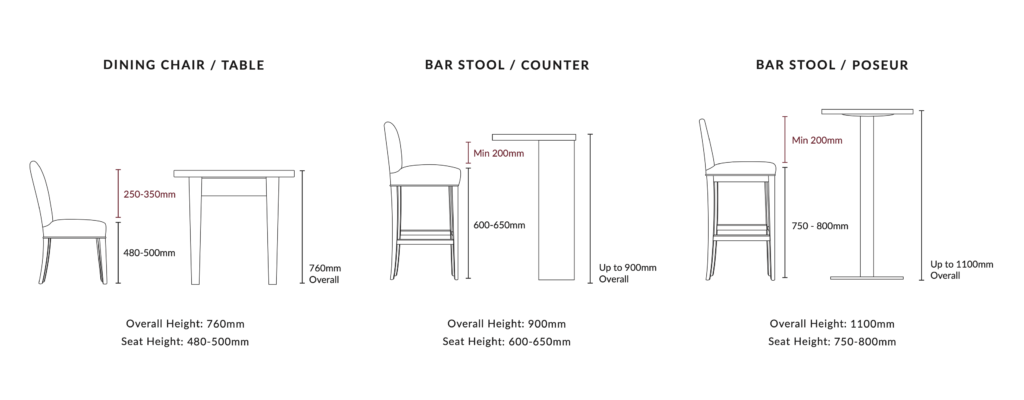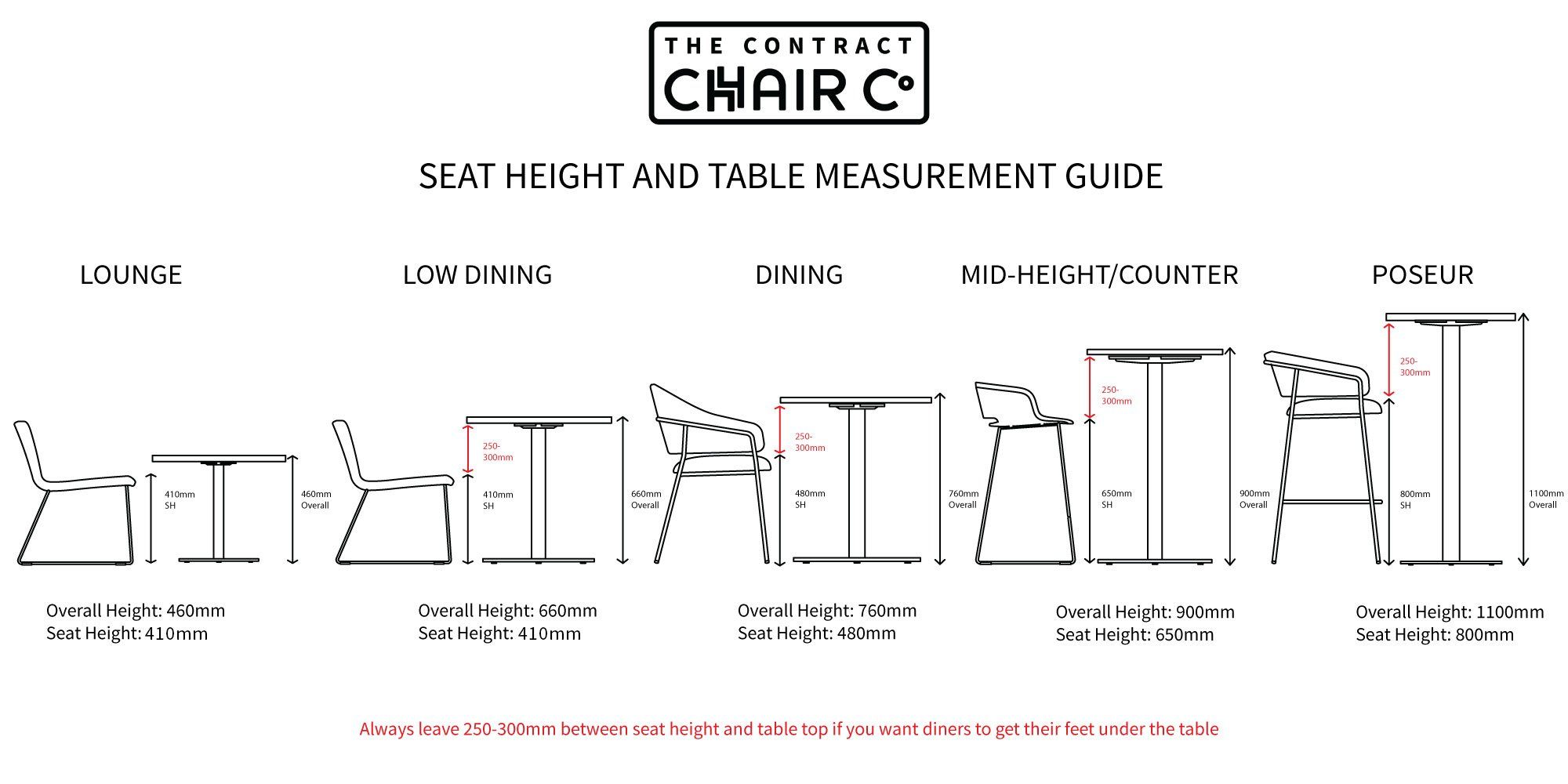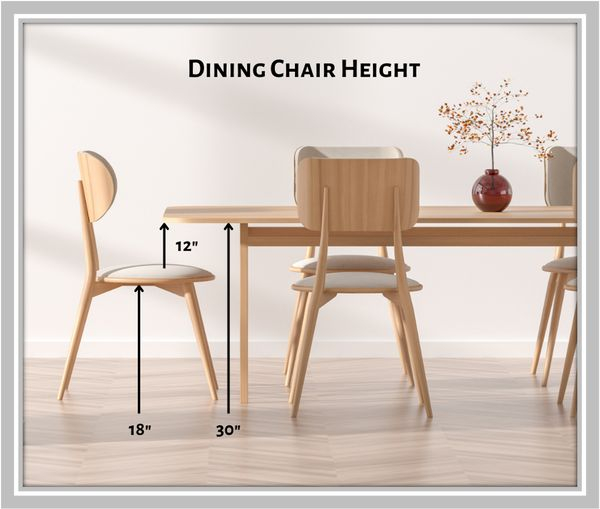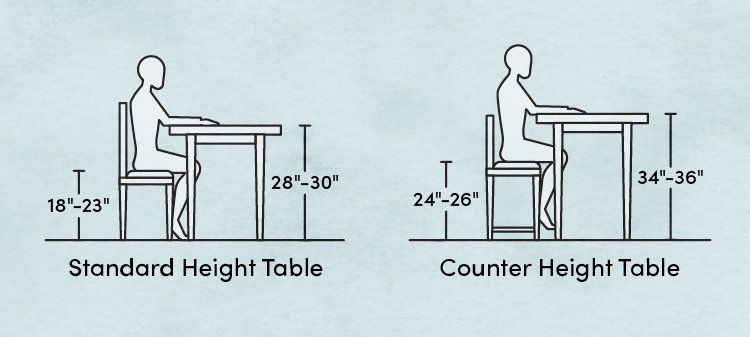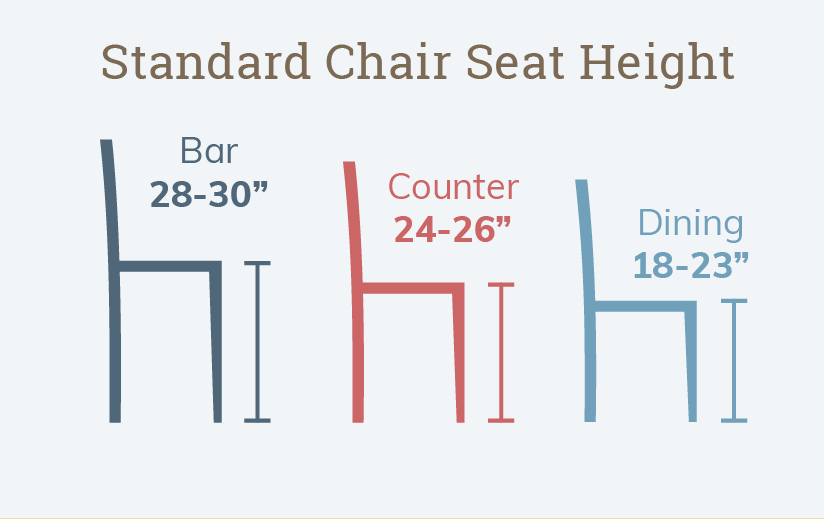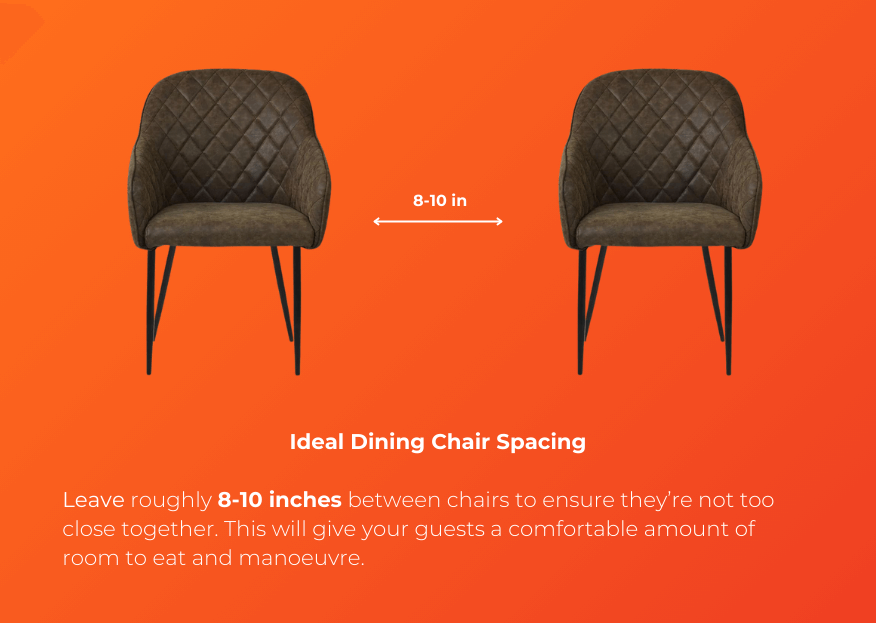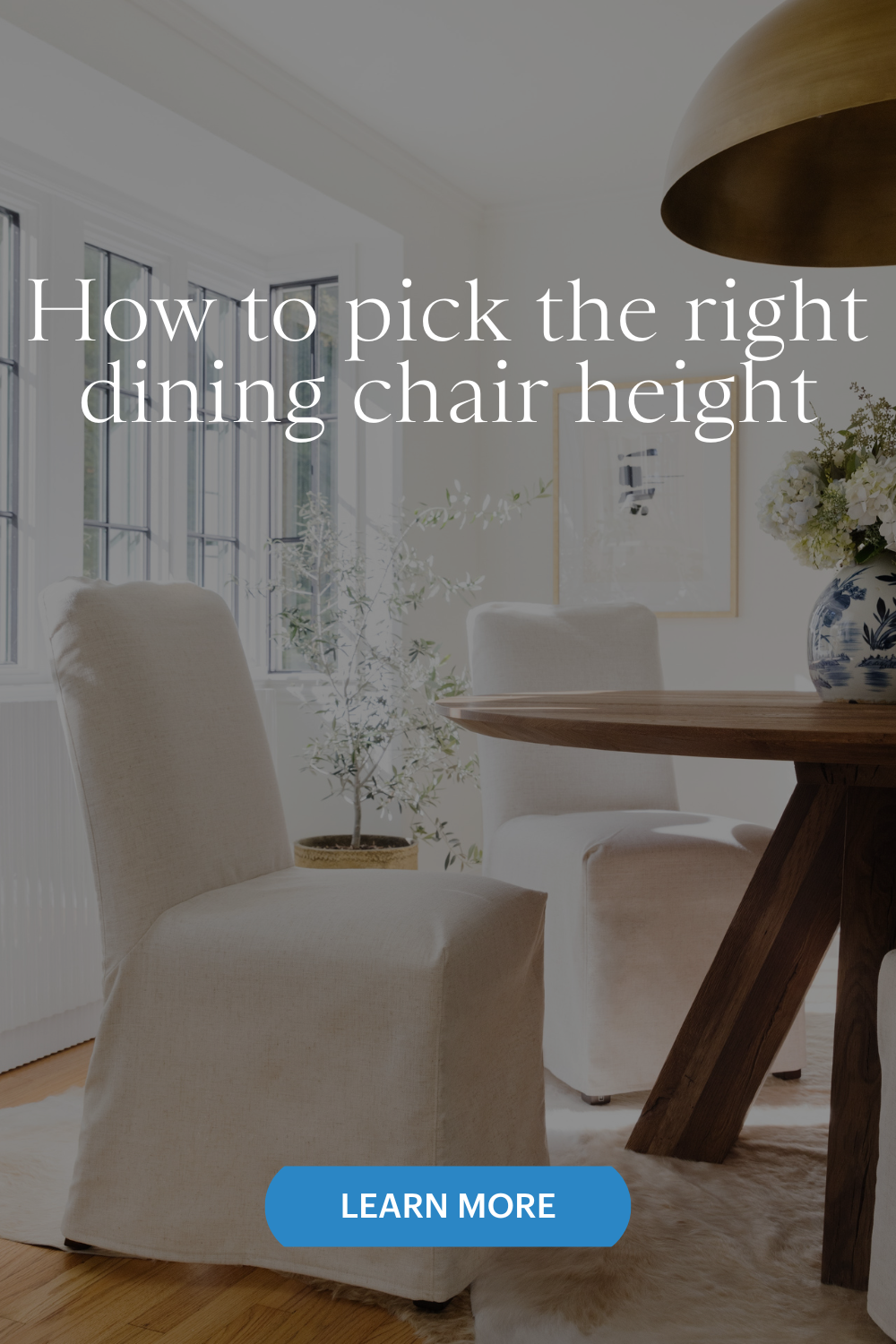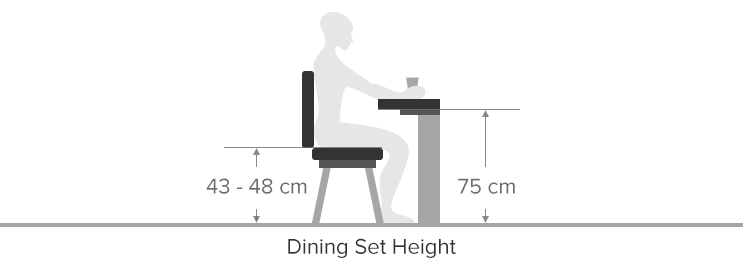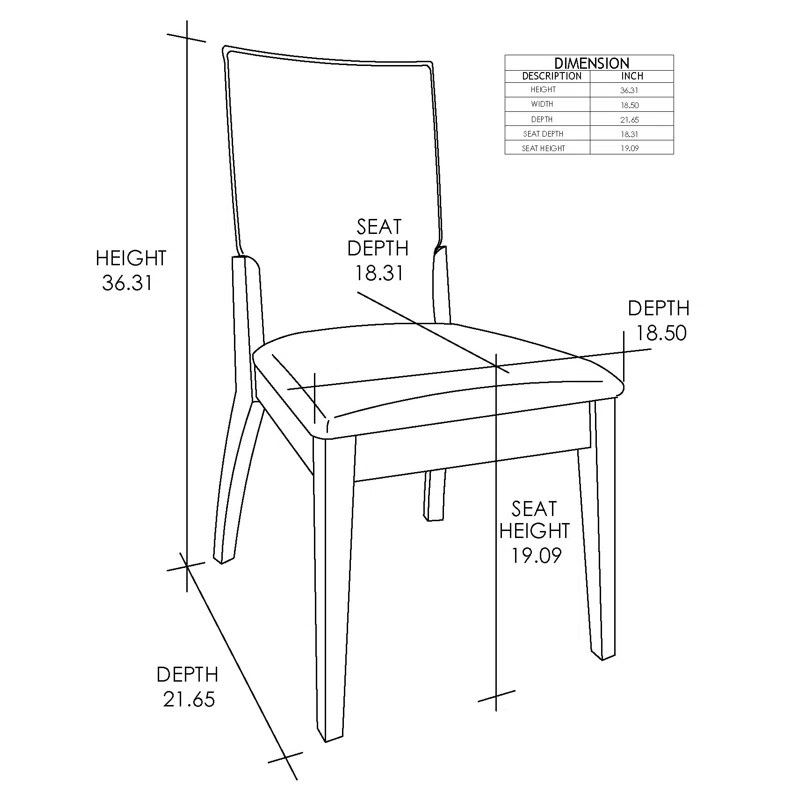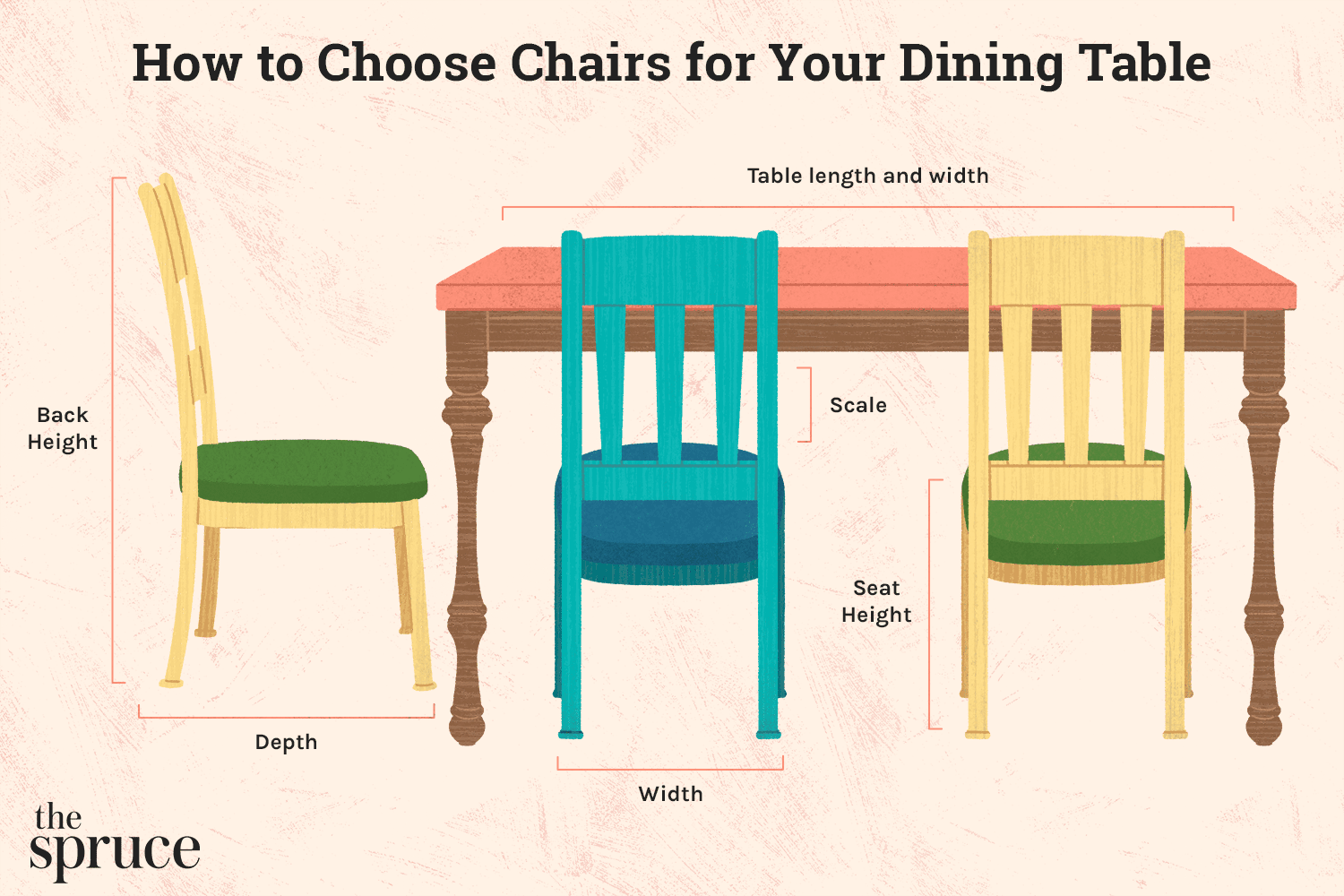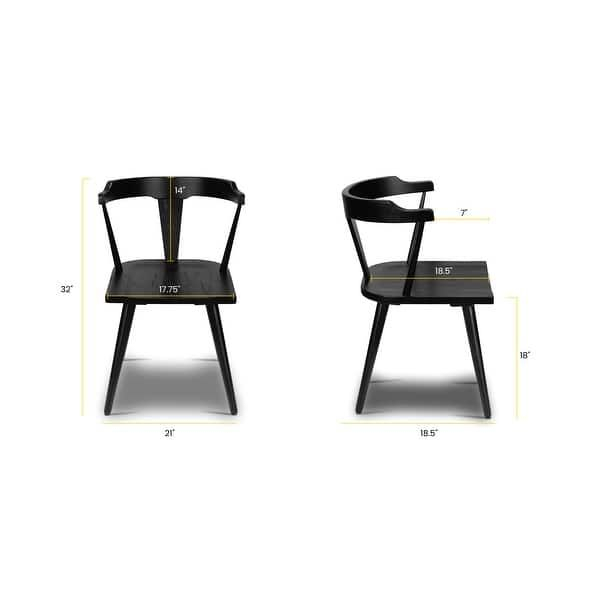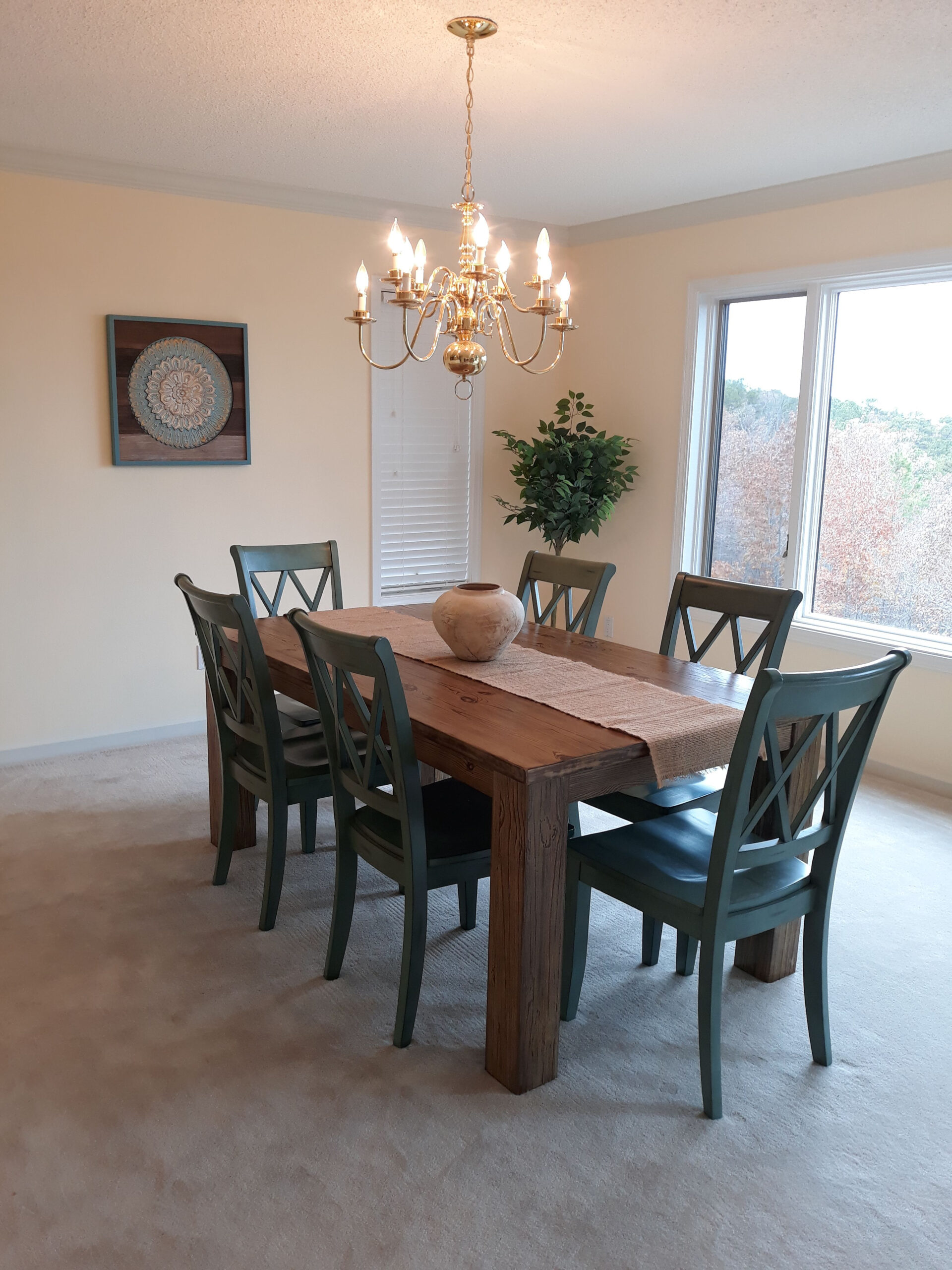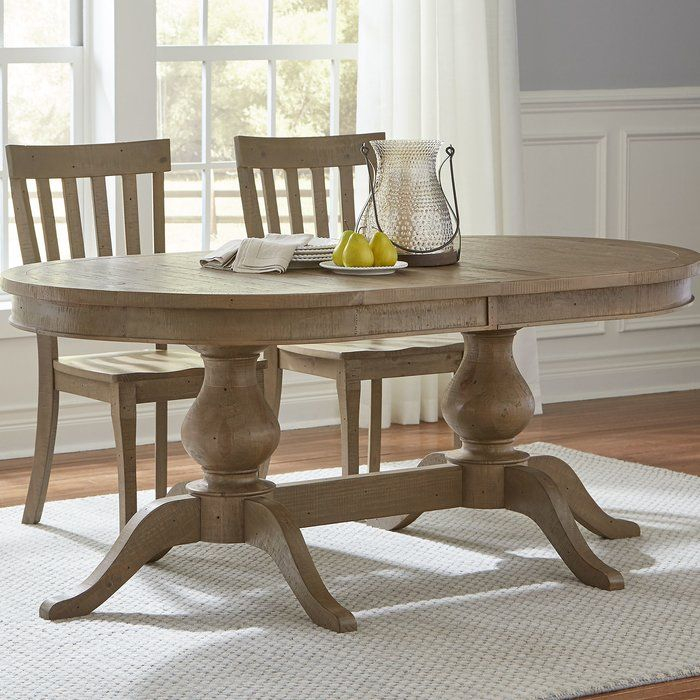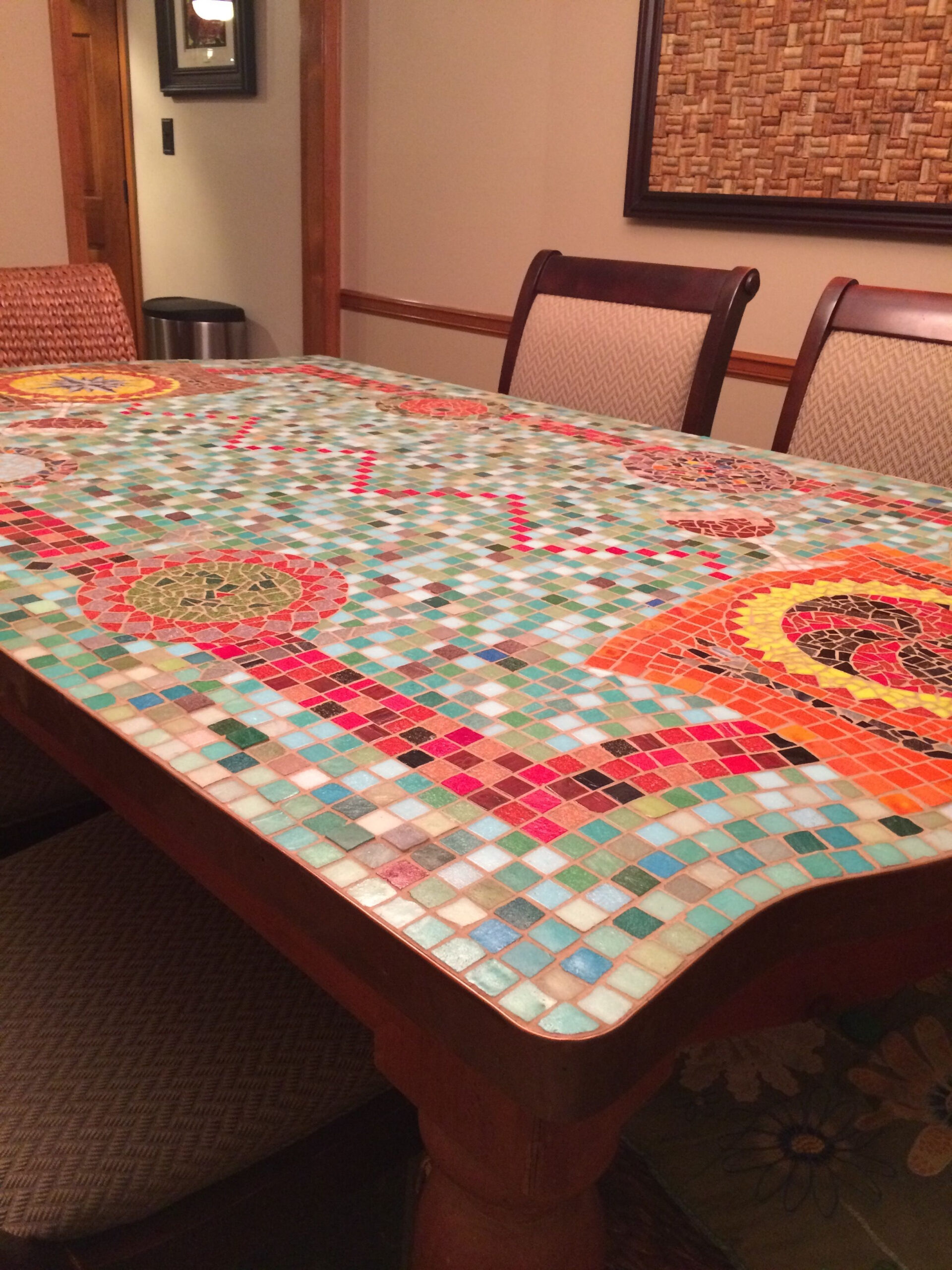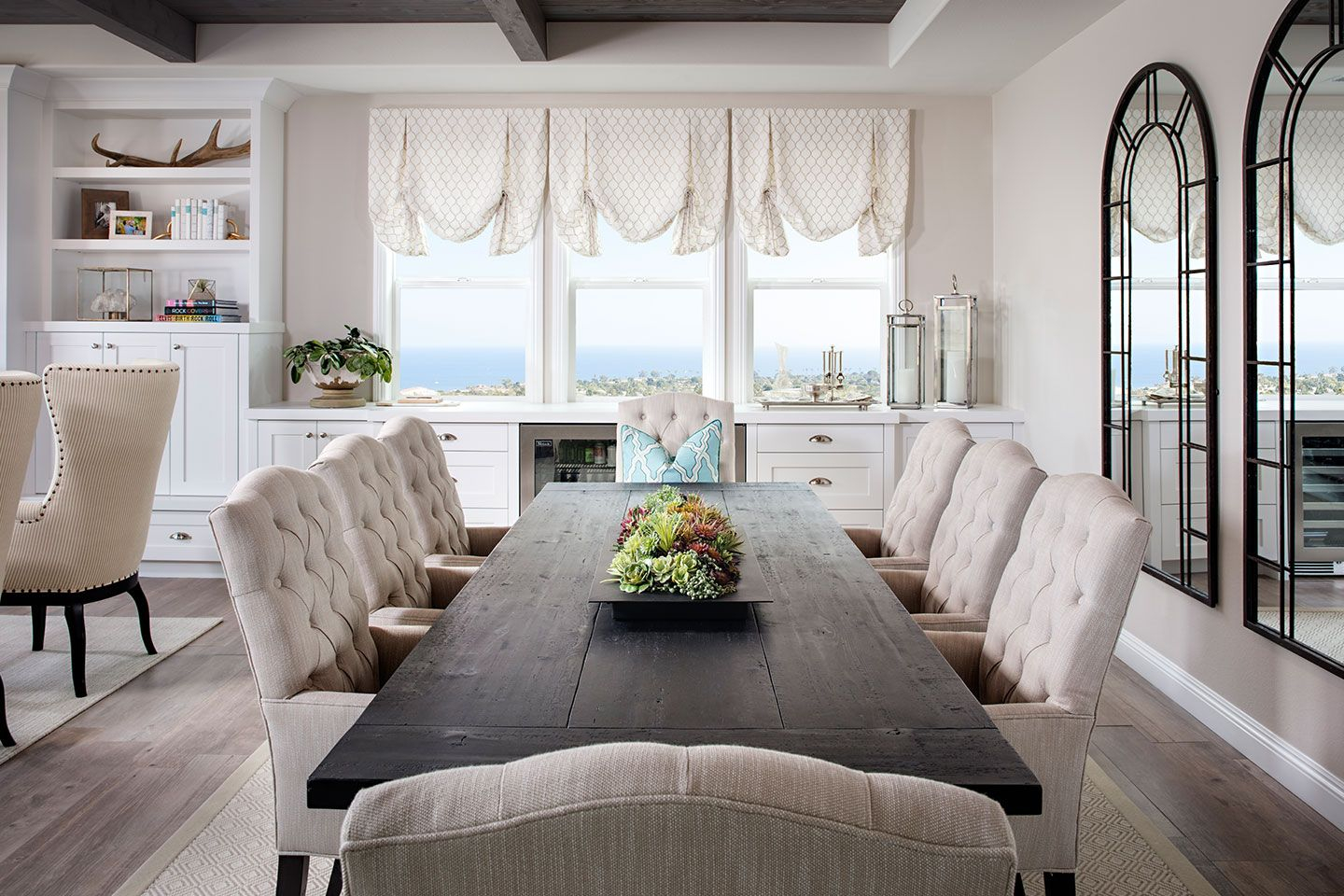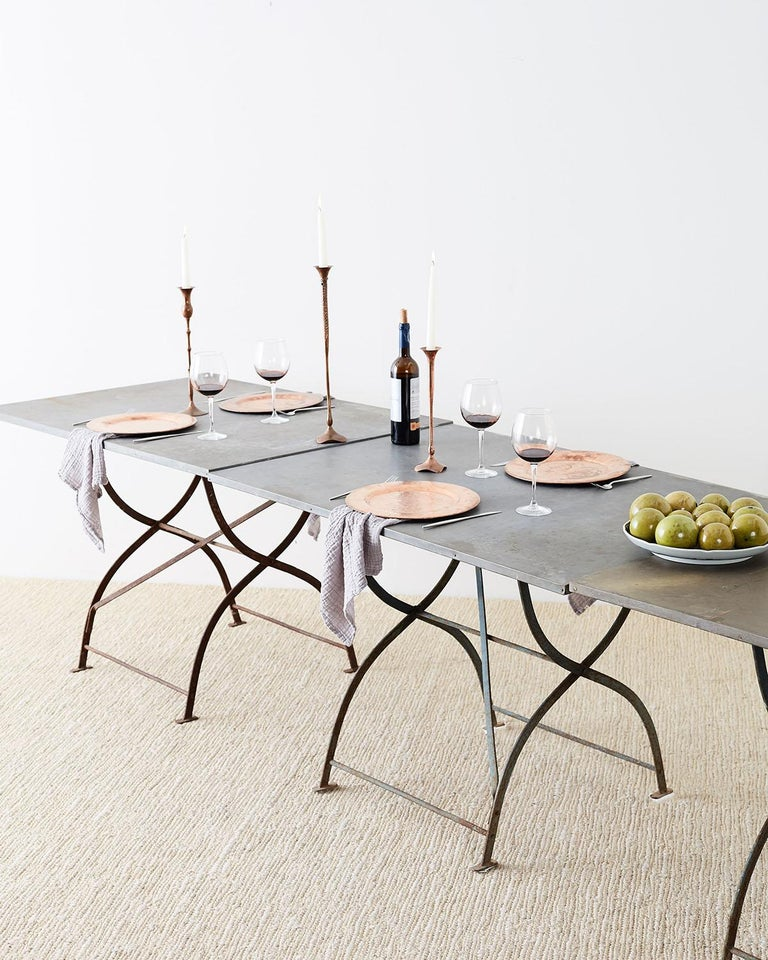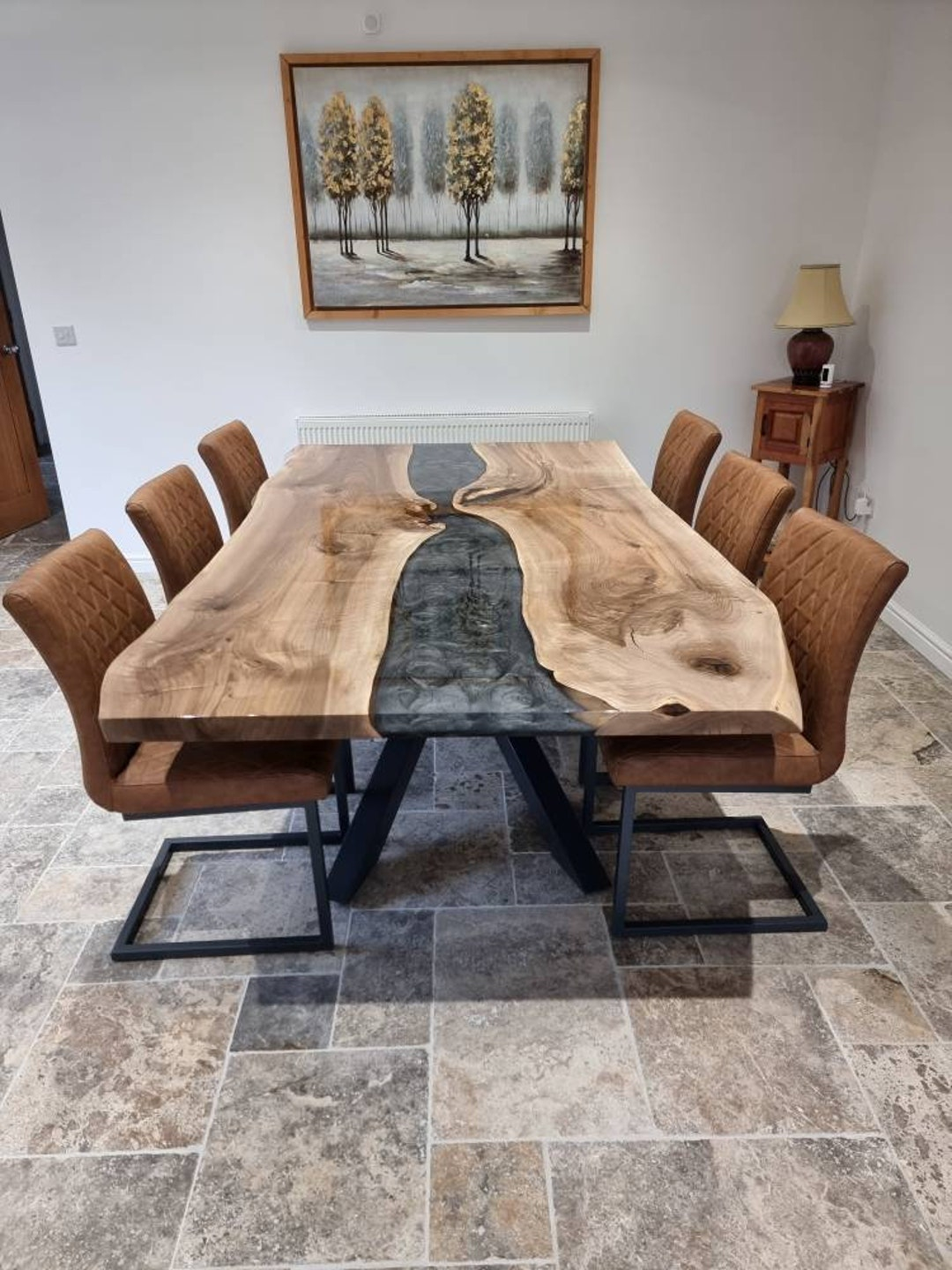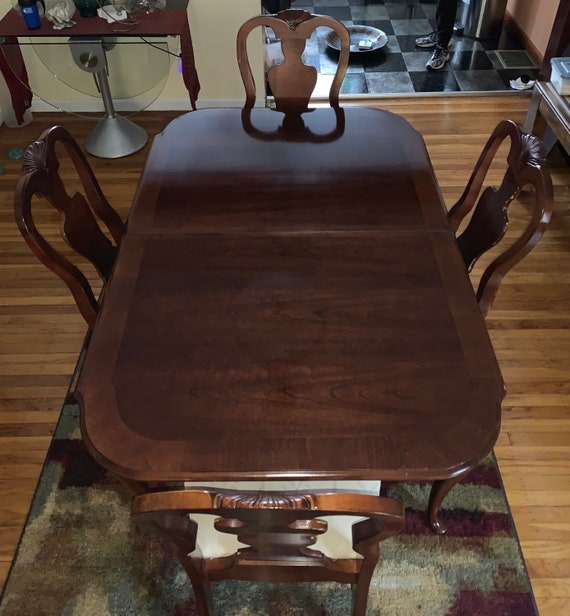We often get caught up in the visual appeal of dining chairs – the fabric, the style, the color. But have you ever stopped to think about how the height of your chairs might be subtly affecting your dining experience? It’s more than just how they look; it’s about how they feel and function.
You’ve found the perfect dining table, the centerpiece of countless meals and conversations. Now comes the equally crucial task of selecting the chairs. While aesthetics play a significant role, there’s a fundamental, often overlooked, aspect that can make or break your dining comfort: chair height. It sounds simple, right? But getting it wrong can lead to awkward seating, strained conversations, and a less-than-enjoyable experience. Let’s dive into why this detail matters so much and how to nail it every time.
The Golden Rule: The 10-12 Inch Gap
Here’s the most important guideline to remember: the ideal gap between the top of your dining chair seat and the underside of your dining table is typically between 10 and 12 inches. This range allows for comfortable legroom and proper posture. Too little gap, and your knees will be bumping the table. Too much, and you’ll feel like you’re reaching too far down for your meals, which can be quite uncomfortable over an extended period. Think about it – you want to sit down and feel naturally supported, not like you’re either crammed or precariously perched.
Understanding Standard Dining Table and Chair Heights
Most standard dining tables stand at about 28 to 30 inches high. To achieve that ideal 10-12 inch gap, you’ll generally be looking for dining chairs with a seat height of around 18 to 20 inches. This is a widely accepted standard for a reason; it works for a vast majority of people and dining setups. However, it’s not a rigid law, and there are exceptions.
When to Deviate: Custom Tables and Unique Designs
What if your table isn’t standard? Perhaps you’ve inherited a beautiful antique table with a slightly different height, or you’ve opted for a custom-made piece. This is where measuring becomes your best friend. If your table is, say, 32 inches high, you’ll need chairs with a seat height closer to 20-22 inches. Conversely, a lower coffee table used for casual dining might require much shorter seating. Always measure your specific table and work backward from there. Don’t just assume standard measurements will apply.
Beyond the Standard Table: Counter and Bar Height
Dining chairs aren’t just for formal dining tables. Counter-height tables (typically 34-36 inches) and bar-height tables (around 40-42 inches) have their own set of chair height requirements. For counter-height tables, you’ll want counter stools with a seat height of about 24 to 26 inches. For bar-height tables, opt for bar stools with seat heights around 28 to 30 inches. Again, aim for that 10-12 inch gap. Misjudging this can turn a stylish kitchen island into an uncomfortable perch.
Considering Comfort and Ergonomics
Chair height is intrinsically linked to comfort. When the height is correct, your feet can rest flat on the floor, your back can be supported by the chair’s backrest, and your arms can comfortably rest on the table’s surface. This ergonomic alignment is crucial for enjoying long meals and engaging in relaxed conversation. If you find yourself constantly adjusting your position or feeling a strain in your neck or legs, the chair height might be the culprit. It’s worth spending a little extra time to get this aspect right for the well-being of everyone who uses your dining space.
Practical Tips for Choosing the Right Height
So, how do you ensure you’re making the right choice?
- Measure Twice, Buy Once: Always measure your table height (from the floor to the underside of the tabletop) and subtract 10-12 inches to determine the ideal seat height for your chairs.
- Check Chair Specifications: Always look for the seat height in the product description. This is usually measured from the floor to the top of the seat at its highest point.
- Test if Possible: If you can, try sitting on chairs at a similar height to your desired table. This gives you a real-world feel for comfort.
- Consider Armrests: If your chairs have armrests, make sure they can tuck neatly under the table when not in use. This prevents them from getting in the way and makes for a cleaner look.
- Think About Your Guests: While you’re the primary user, consider if you often host taller or shorter individuals. A standard height generally accommodates most people well, but it’s something to keep in the back of your mind.
Choosing the right dining chair height is a blend of science and sensibility. It’s not just about fitting under the table; it’s about creating a space where people can gather, eat, and connect comfortably and naturally. By paying attention to that simple 10-12 inch gap and considering your specific table dimensions, you can elevate your dining experience from merely functional to truly enjoyable. So next time you’re furniture shopping, remember to look beyond the style and focus on the height – your guests (and your own body) will thank you for it.

